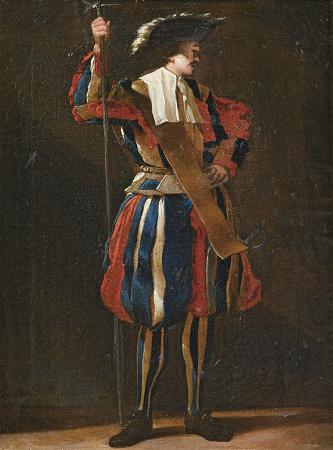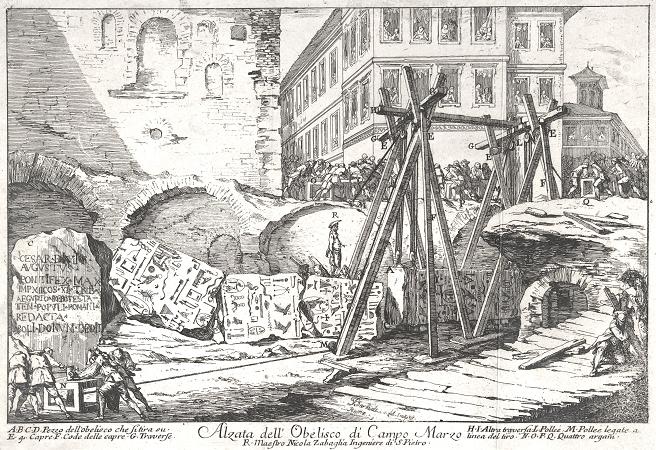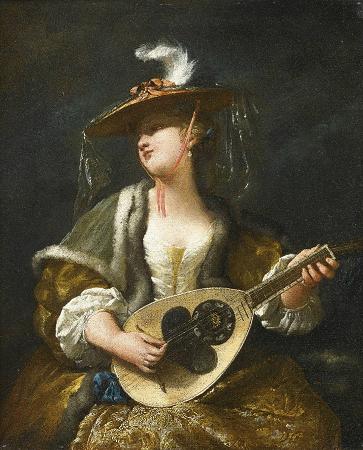Jean Barbault (1718 - 1762). Jean Barbault was a French painter, etcher and printmaker, who worked in Rome for most of his life. He is noted for paintings of local people, wearing traditional costumes or Oriental costumes and for his work documenting iconic Roman monuments and antiquities which were published in two volumes. Jean Barbault was born in Viarmes, France in around 1718 and was a student of Jean Restout II in Paris. Very little is known of his early life. In 1745 he failed to win the Prix de Rome, but travelled to Rome in 1747 at his own expense and survived by undertaking engraving work. He spent most of his career in Italy, where he lived from around 1747. There, he was admitted to the French Academy in Rome in 1750. He was a disciple of Piranesi andwas fascinated by Rome's sprawling Baroque thoroughfares. In 1748, he made engravings for the Varie vedute di Roma antica e moderna published in Rome. Many of his works are small paintings depicting individual figures, either Italian women, or his fellow artists. He notably executed a series of sketches and paintings of French artists who participated in the Turkish mascarade organized in 1748 to mark the Carnival of the French Academy in Rome. For the Carnival, Barbault himself dressed as an Officer of the Sultan's Guards. Some twenty works made up the series, of which the painting, The Greek Sultana, originates. In these works, painters are represented wearing fantastical Oriental costumes which were very much in vogue during the mid-18th century. In this regard, Barbault became one of the earliest proponents of the representation of traditional costume, a custom that became fashionable and was emulated by many later French artists. One of his larger works in oil on paper-almost four metres wide-depicts a group of artists taking part in a carnival procession entitled The Four Corners of the World. It now forms part of the collection of the Musee des Beaux-Arts et d'Archeologie at Besancon. He also painted scenes of ruins in a style similar that of Servandoni. Certain art historians believe that Barbault based the figure in the painting, Neapolitan Shepherd and Buffalo Leaving a Cave on himself. It is very similar in attitude and appearance to a figure that appears on the far right of The Four Corners of the World which is also believed to be based on a likeness of the artist. As a painter, Barbault has never been well known, and has been described as a minor talent. He is perhaps better known for his etchings, especially the two sets of prints he published, namely: Monuments de Rome ancienne and Rome Moderne, both published in folio form. He also made a few engravings, including The Martyrdom of St. Peter, after Subleyras, and The Arrival of Columbus in America, after Solimena. He died in Rome in 1762, at the age of 43 leaving a widow and three children. An exhibition of his work was held in Beauvais, touring to Angers, Valence and Dijon, in 1974-5; another, which included about half of his known paintings, was staged at the Musee des Beaux-Arts in Strasbourg in 2010. Barbault not only produced individual paintings, engravings and sketches, but he also worked as an illustrator and published two folios of etchings documenting iconic Roman monuments and antiquities.
more...









